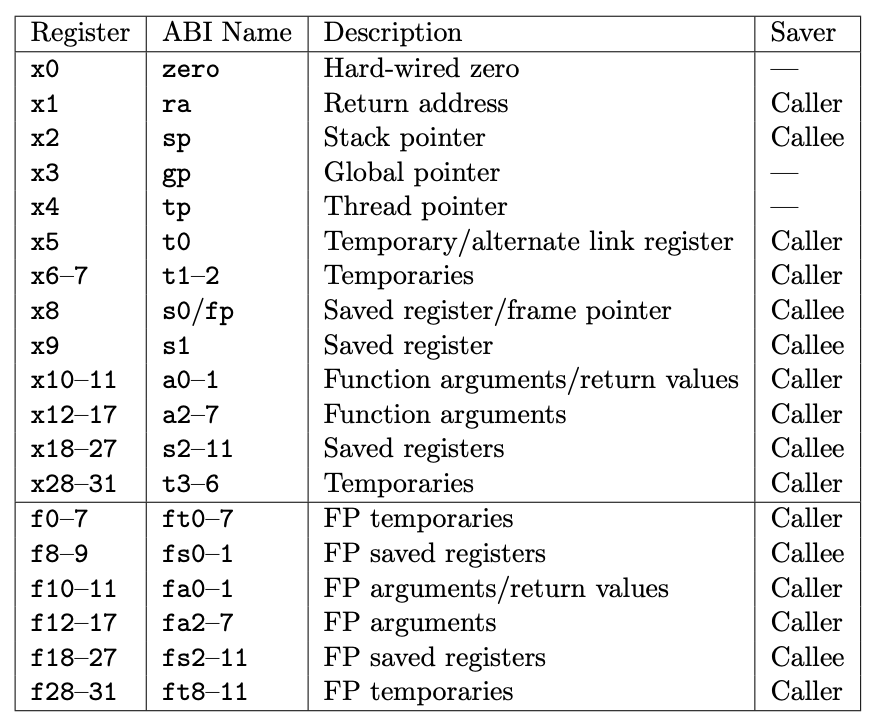一盒詹记泡芙上的保护罩:半径五厘米
在维璟印象城东南门通往 B1 层的下行扶梯上,抬头可见詹记的广告牌。“我念叨詹记的泡芙好久了,该有几年了”,我说,“那就去看看吧。正好走的时候买一盒,看电影的时候吃。”
推开 B1 层的大门,环视一圈,詹记的牌子就在视野正中。走上前去,映入眼帘的是一家稍显局促的店面,一应盒装糕点挤在店面外边缘的弧形长柜台上。钻入一排驻足的游客,我的手随着视线在空中游移,最后锁定在一个熟悉的盒子上:标价 ¥18,共 12 个。我伸出手去,嘴里或许念叨着什么,脸上的表情或许是笑容——我已记不清了。
一阵莫名涌现的情感袭击了我,眼泪几乎要涌出来。在那盒泡芙上空大约五厘米,许是有一堵透明的墙,让我的手不得寸进。电光石火间我意识到:我所一直惦念的詹记泡芙,或许只是隐约地寄托了某种情感,而我渴望再次接触它所代表的美好。不会有什么牌子的泡芙,能好吃到让我在三年间一有相关见闻就想起它。这世界上也不会再有一盒产于 2021 年 10 月 24 日的詹记泡芙,在一家虽小但并不局促的店面里遇见我,陪我历过古北路上沿途的晚风、路灯和行人,承载一段感情最后回光返照的余晖。
那一瞬间我的表情和肢体大概都几近失控。回过神来的时候,那盒被我念叨了三年的詹记泡芙已经被抛在背后。“等吃完饭再来买吧”,我说。大概不会再来了,我想。原来是怀念,而非惦念。怀念的宾语从来只属于过去,而不属于如今仍在的那些人或物。亲手接触一件陈列在回忆殿堂里的艺术品,实在容易让本就是被粘连修补而成的它变成一地碎渣。是以一顶用于保护的玻璃罩子由我亲手加上,半径五厘米。
记于 2024 年 4 月 12 日凌晨。
